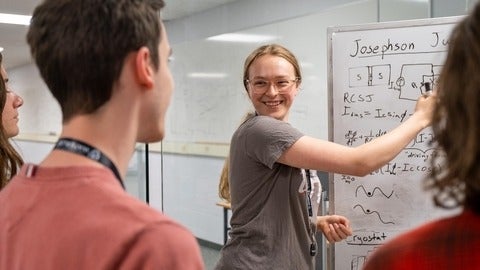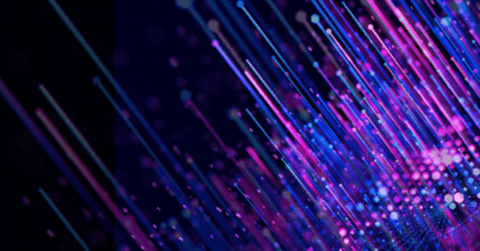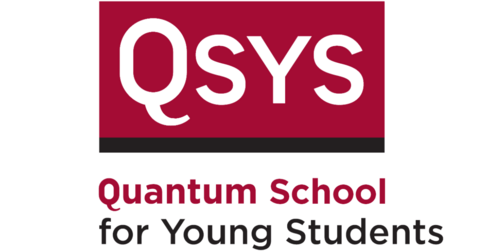
Welcome to the Institute for Quantum Computing
Harnessing the quantum world to empower the future
The Institute for Quantum Computing (IQC) is where world-leading researchers, students and partners come together to explore, understand and advance quantum information science.
From computing and communication to sensing and materials, our work drives the discoveries and innovations that will shape future economies.
Through global collaboration, hands-on training, breakthrough research and educational outreach, IQC is turning quantum research into real-world scientific and commercial impact.
Help shape the quantum future
Quantum systems have the potential to change everything from healthcare to cybersecurity to global communication. Your support for IQC fuels groundbreaking research, develops future scientific leaders and advances the innovations that will shape Canada’s economic future.
Why quantum?
We are driven by curiosity. It is a force that propels us to unravel the mysteries of the universe and apply our findings to transform society. Throughout history, humanity has advanced by learning to tame natural phenomena like fire, steam and electromagnetism.
Today, IQC is harnessing nature at its most fundamental level and the next era of innovation. Quantum systems have a distinct set of physical rules, offering us a new way to approach complex problems in speed, precision and security. By exploring these fundamental principles, we are building the innovations that will shape the next era of discovery.
The future is quantum and IQC is shaping it now.
Latest news from IQC
News
Celebrating the Institute for Quantum Computing's year of impact and collaboration
IQC celebrates our community's many accomplishments in research, training, outreach and commercialization in 2025.
Quantum computers learn how to simulate quarks
Researchers at IQC have developed a new quantum computing approach that brings science closer to simulating the early universe.
IQC doctoral student wins prestigious scholarship
Angéline Lafleur, a current IQC PhD student and former QSYS participant, has been named one of 14 recipients of the Order of the White Rose scholarship, valued at $50,000.
What's happening at IQC - Events
Events
Undergraduate School on Experimental Quantum Information Processing 2026
Explore quantum information science hands-on at a world-class institute.
ETSI/IQC Quantum Safe Cryptography Conference 2026
Designed for members of the business, government, and research communities with a stake in cryptographic standardization, this forward-looking conference facilitates the knowledge exchange and collaboration required to transition cyber infrastructures and business practices to make them safe and resilient in an era with quantum computers.
Quantum School for Young Students 2026
Join hundreds of high-school students to explore the quantum future!
What's happening here in Waterloo is truly special, from theory to experiment and BEYOND.
Statement in support of protecting Canadian science and researchers
The Institute for Quantum Computing (IQC) supports the efforts of the Government of Canada to secure and protect Canadian science and researchers. IQC takes the protection of intellectual property very seriously and commits to cooperate with various agencies and organizations in support of National Security priorities.
IQC also commits to, and will continue to, educate staff and researchers about the opportunities, pitfalls, and boundaries of protecting Canadian science and intellectual property for the benefit of IQC, the University of Waterloo, and indeed, future generations.










